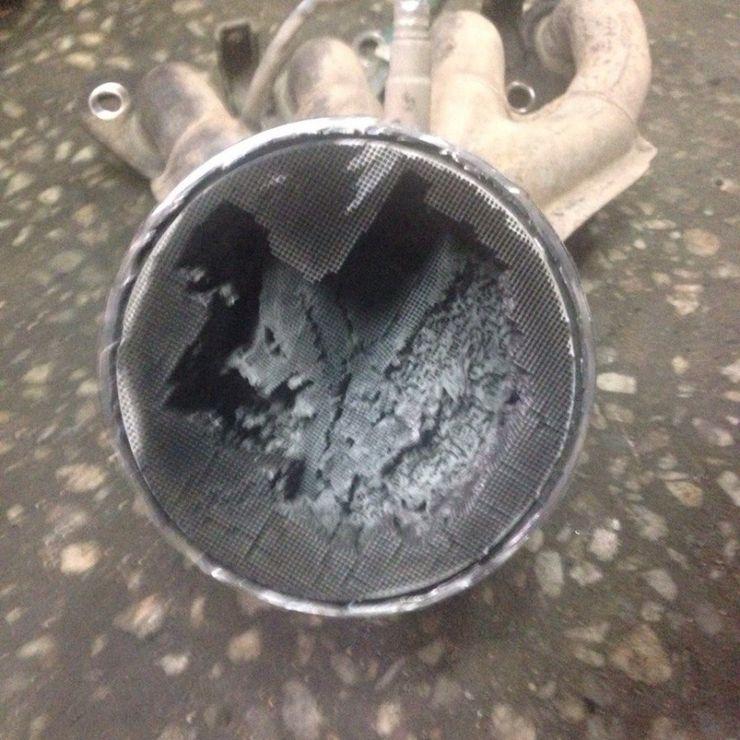
Why do you need a catalyst in a car
Most car owners remember or learn about the existence of a catalytic converter in the exhaust system of a car only when they hear a phrase like “your catalyst is dead” from a serviceman. It is easy to deal with such a malfunction, but in several different ways.
The contraption, colloquially referred to as the "catalyst", bears the official title of "Automotive Exhaust Catalytic Converter". This is a part of the exhaust system of the car, responsible for the elimination of substances harmful to humans and the environment in general, such as unburned hydrocarbons in the cylinders, soot, carbon monoxide CO and nitrogen oxide NO, in the exhaust gases. In the catalyst, all these substances are forcibly afterburned, turning from substances that are much less aggressive from a chemical point of view: water, CO2 and nitrogen. This happens due to chemical reactions occurring in the presence of catalysts - radium, palladium and platinum.
The process takes place while the exhaust gases move through a fine-mesh ceramic or metal honeycomb inside the "barrel" of the catalytic converter, coated with an alloy of these rare earth metals. A car catalyst is an expensive and relatively short-lived part. Even in the best case, few converters will "live" for more than 120 km. run. They usually fail for several reasons. Ceramic catalysts can break down at an accelerated rate when the car is frequently driven over severe bumps. From shaking and blows, the thin walls of the honeycombs are tritely cracked and chipped off.

In the event that the engine has problems in the lubrication system, cylinder-piston group or ignition, unburned fuel and oil from their cylinders enter the catalyst and seal its honeycombs with slag. Approximately the same effect gives the love of the owner of the car with or without reason to press the gas pedal all the way in any situation. A collapsed or clogged catalyst not only ceases to perform its function, but also greatly complicates the exit of exhaust gases from the engine. This, in turn, leads to a noticeable loss of engine power. What to do with a failed catalytic converter?
The first thing that comes to mind is to replace it with the same, but only a new one. This is the most expensive option. Prices for new branded catalytic converters reach fifty thousand rubles. Therefore, most drivers choose to replace the old clogged catalyst with a non-original or generally universal model. Installing a catalyst that meets the Euro 4 standards in force in Russia now costs about 10 rubles. If this amount seems unbearable, then instead of a catalyst, a “barrel” of a flame arrester is welded into the exhaust tract and at the same time the engine control unit is reprogrammed. The last operation is necessary so that the oxygen sensor in the exhaust tract, signaling that the catalyst is not working, does not unbalance the electronic "brains".
